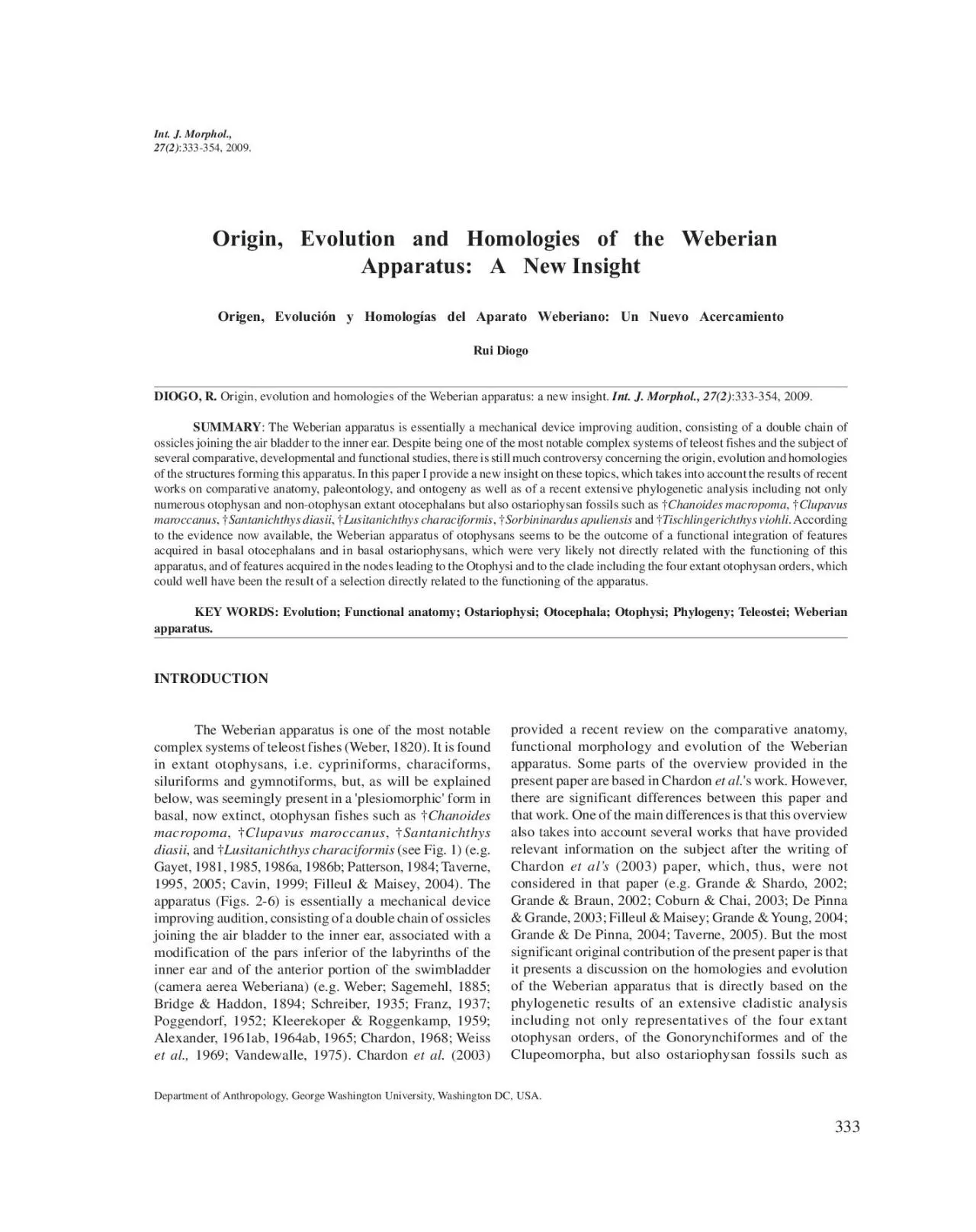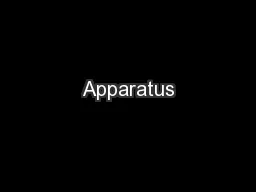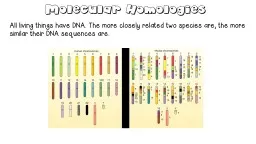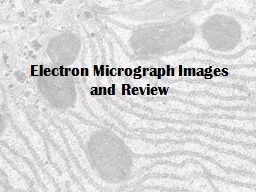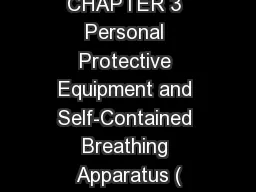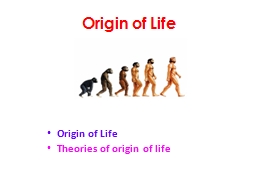PDF-Origin evolution and homologies of the Weberian apparatus a new insi
Author : fiona | Published Date : 2022-10-26
Department of Anthropology George Washington University Washington DC USA 334 macropomaClupavus maroccanusSorbininardus apuliensis and Tischlingerichthys viohliDiogo
Presentation Embed Code
Download Presentation
Download Presentation The PPT/PDF document "Origin evolution and homologies of the W..." is the property of its rightful owner. Permission is granted to download and print the materials on this website for personal, non-commercial use only, and to display it on your personal computer provided you do not modify the materials and that you retain all copyright notices contained in the materials. By downloading content from our website, you accept the terms of this agreement.
Origin evolution and homologies of the Weberian apparatus a new insi: Transcript
Download Rules Of Document
"Origin evolution and homologies of the Weberian apparatus a new insi"The content belongs to its owner. You may download and print it for personal use, without modification, and keep all copyright notices. By downloading, you agree to these terms.
Related Documents

